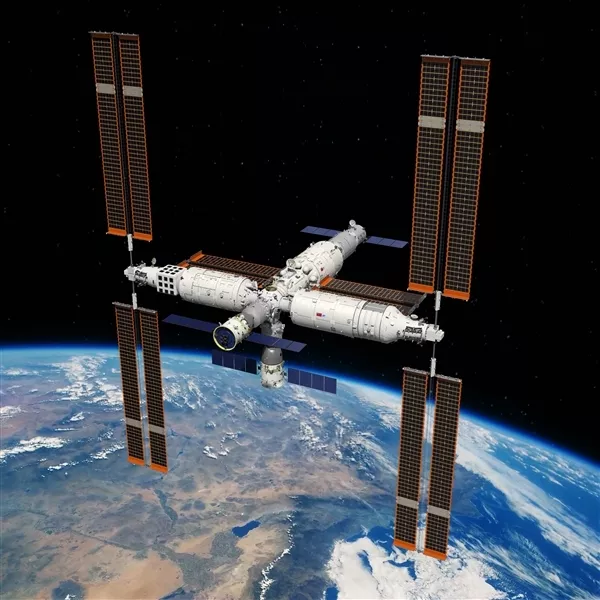China's space station construction is about to usher in another key process. The Shenzhou 14 spacecraft is expected to launch soon. It will transport three astronauts into the space station again and will live in space for half a year. According to CCTV, the height of Shenzhou spacecraft is 9 meters, its takeoff weight is more than 8 tons, and its largest diameter is 2.8 meters.
Shenzhou 14 continues the three module configuration of the previous Shenzhou spacecraft, that is, it consists of three modules: the orbital module, the return module and the propulsion module. The uppermost part of the module is called the orbital module, which is also the living area of astronauts. The astronauts' in orbit support equipment, including rendezvous and docking sensors, should be installed in the orbital module**
When the spacecraft operates alone, it is also the place where astronauts live.
The main function of the capsule is that it is equipped with many sensors for rendezvous and docking, which is responsible for rendezvous and docking with the space station. At the same time, it also provides an environment for astronauts to live and work in orbit during independent flight.
The module in the middle of the spacecraft is the re-entry module. It is the only module that will return to the ground, and it is also the control center of the entire spacecraft. The control computer and various communication equipment of the spacecraft are mainly concentrated in the re-entry module, where the astronauts travel to and from heaven and earth.
Inside the cabin are some core control components, including attitude measurement, attitude control of the return module and other equipment. At the same time, some instruments and equipment of the astronauts are also in the re-entry module. The astronauts mainly operate in the re-entry module during independent flight.
The lowest segment of the spacecraft is called the propulsion module, where the propulsion system, power supply, thermal control, measurement and control and other equipment of the spacecraft are loaded to provide energy, power and communication support for the spacecraft.
It is reported that the Shenzhou 14 spacecraft has fully inherited the technical status of the Shenzhou 13 spacecraft, and its main functions and technical indicators remain unchanged.
On this basis, according to the mission requirements of the space station, the development personnel have improved the adaptability of Shenzhou 14 to make the spacecraft more safe and reliable and protect the life safety of astronauts**
It is reported that the design concept of Shenzhou manned spacecraft is to take the safety of astronauts as the core. All the design and improvement are aimed at ensuring that astronauts are safer and flight missions are more reliable. As the technology of manned spacecraft continues to mature, its equipment and parts are constantly upgraded, and the technical maturity, quality and reliability of products are also improving.
